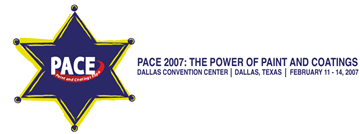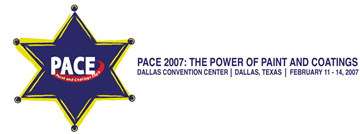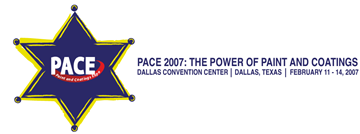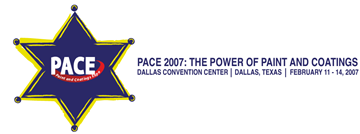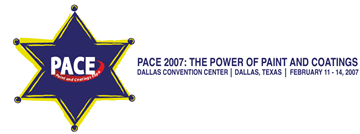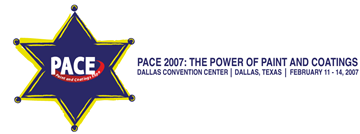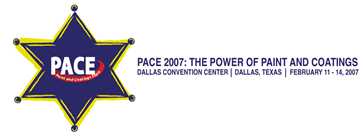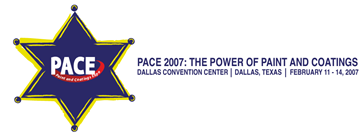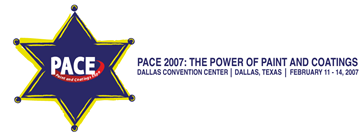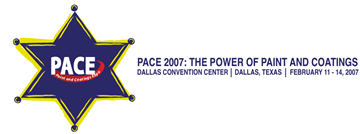Search
Products tagged with '2007 Conference Papers'
View as
Sort by
Display
per page
Evaluation of Coatings and Linings for Wastewater Environments
Product Number:
41207-362-SG
Publication Date:
2007
$20.00
Evaluation of Resistance to Cracking of Concrete Repair Materials
Product Number:
41207-300-SG
Publication Date:
2007
$20.00
Extending the Function of Concrete as a Cladding Material
Product Number:
41207-299-SG
Publication Date:
2007
$20.00
Failure to Accept an ‘or Equal’ - Valid Restriction or Restraint of Trade
Product Number:
41207-389-SG
Publication Date:
2007
$20.00
Fairfield-Suisun Sewer District 2004 Maintenance Improvement Project Primary Treatment Structures Concrete Coating
Product Number:
41207-364-SG
Publication Date:
2007
$20.00
Feasibility Evaluation of Rapid Cure Coating for Ship’s Water Ballast Tank
Product Number:
41207-382-SG
Publication Date:
2007
$20.00
Federal Government Contracting ‘Contract Solicitation Basics
Product Number:
41207-366-SG
Publication Date:
2007
$20.00
Fluoro-Urethanes Coatings with Extreme Exterior Durability
Product Number:
41207-314-SG
Publication Date:
2007
$20.00
Formulated Didecyl Dimethyl Ammonium Bicarbonate/Carbonate (DDABC), a Multi- Metal Corrosion Inhibitor with Relevance to Commercial Surface Preparation and Coatings Technologies
Product Number:
41207-306-SG
Publication Date:
2007
$20.00

